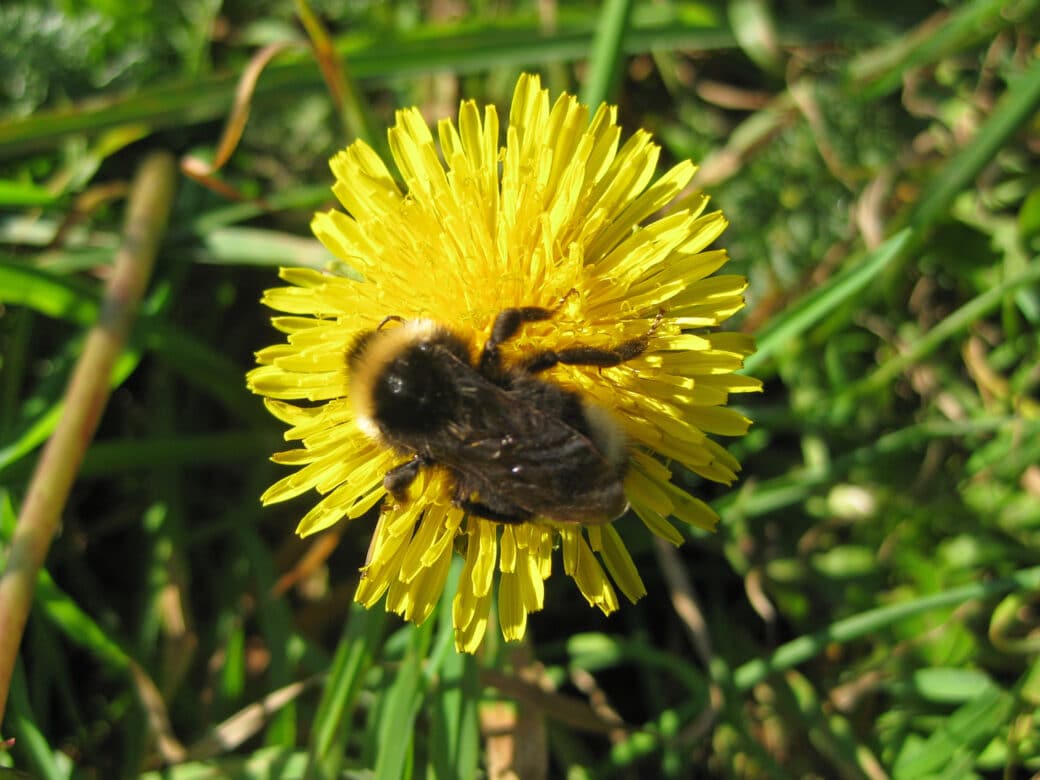How does land use affect the architecture of plant-insect interactions in managed grasslands?

Plants are in general colonized by a number of herbivorous insects varying in taxonomic affiliation and degree of specialization. The average specialization of an herbivorous insect community thereby varies among host plants. What causes these differences among host-plant species? Why are some host-plant faunas more specialized than others, or on the community level, why are the herbivore faunas of some plant communities more specialized than others? What are the community consequences of insect-host plant specialization? Does specialization of the insect species depends on land-use intensification?
(i) Does land-use intensification decrease the average specialization of herbivore communities with respect to host-plant utilization? How do herbivore-plant networks change with land-use intensification? What are the consequences of land-use intensification on the phylogenetic structuring of herbivore-plant interactions?
(ii) How do changes in herbivore-plant interactions affect the phylogenetic composition of plant communities?
(iii) Are herbivore-plant interactions stronger affected by land-use intensification than pollinator-plant interactions?
We will analyze BExIS data from core project Botany and Arthropods sampled in the 150 experimental grassland plots. Based on known insect host-plant affiliations we will first calculate an average specialization index for the plant-herbivore community of each site considering the position of feeding records across an already available plant phylogeny. To compare the changes of herbivore-plant interactions with already available pollinator networks a number of network metrics will also be calculated. Second we will construct phylogenies for all considered herbivorous insect taxa combining already published phylogenetic relationships complemented with new sequence data.









